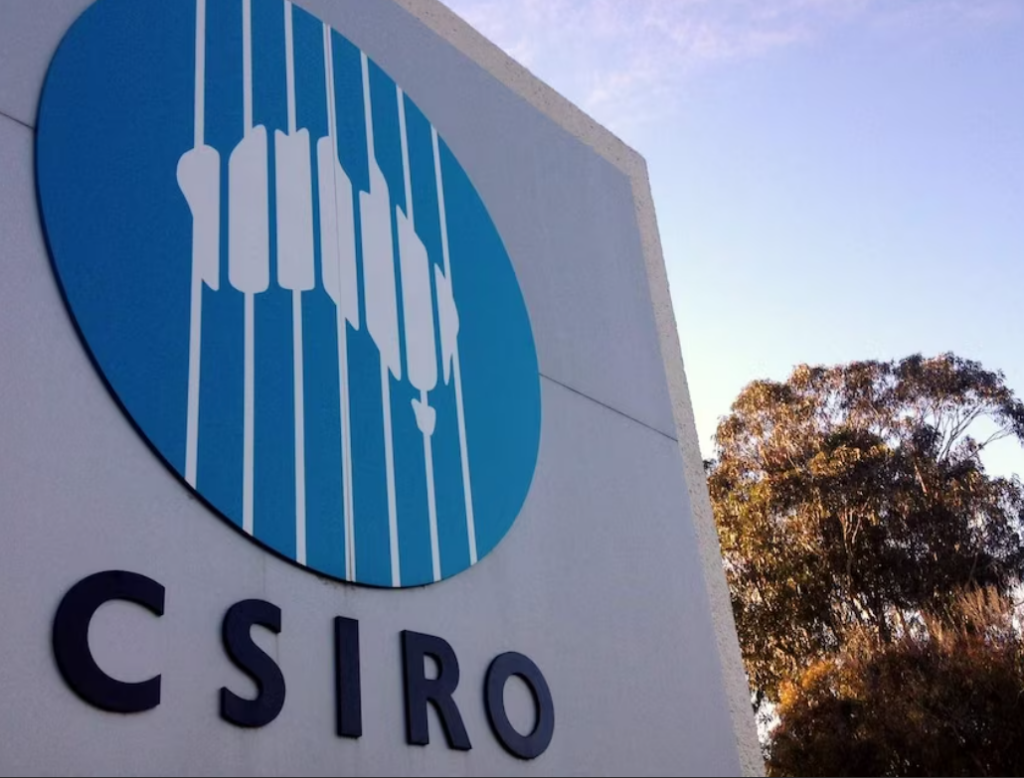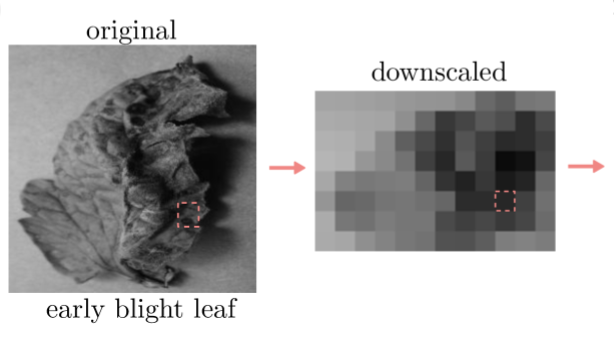Insider Brief
- Quantum technology is revolutionizing our understanding and treatment of heart health.
- Quantum tech is being used everywhere from relying on photonics for advanced cardiovascular diagnostics to deploying quantum-enhanced machine learning algorithms for precise heart failure detection.
- The convergence of quantum computing with medical science is also opening new frontiers in healthcare.
This Valentine’s Day, as we celebrate the matters of the heart, it might be good to see how quantum technology is revolutionizing our understanding and treatment of heart health.
From using photonics for advanced cardiovascular diagnostics to deploying quantum-enhanced machine learning algorithms for precise heart failure detection, the convergence of quantum computing with medical science is opening new frontiers in healthcare. Studies such as the use of Quanvolutional Neural Networks for recognizing arrhythmia patterns from ECG signals and quantum-enhanced machine learning for heart failure detection are showcasing the potential of quantum computing to provide more accurate, faster diagnoses, and personalized treatment plans.
And even though the history of quantum technologies in medicine is quite long, we are really at the beginning of this exciting field of research.
As we navigate the complexities of the human heart — both metaphorically and physically — the integration of quantum computing into heart health research is a testament to the incredible strides being made in marrying technology with the most human aspects of our existence.

So, let’s make this Valentine’s Day a celebration not just of love, but of the groundbreaking innovations that may just make our hearts healthier. Here are a few research examples of quantum in action to help the heart:
Photonics in Cardiovascular Medicine: Photonics technology is enhancing capabilities in cardiovascular medicine, including intracoronary imaging and sensing, laser ablation, and optical pacing for diagnosing and treating heart conditions (van Soest, Regar, & van der Steen, 2015).
Nuclear Cardiology Evolution: The evolution of nuclear cardiac imaging from subjective to a more objective, digital-based quantitative technique, including the use of single-photon emission computed tomography (SPECT) and positron emission tomography (PET), has been significant in understanding cardiovascular disorders and predicting patient outcomes (Dilsizian & Taillefer, 2012).
Optically Pumped Magnetometers for Biomagnetic Measurements: This study describes the use of optically pumped magnetometers (OPMs), quantum sensors that offer high sensitivity without requiring cryogenic temperatures, for applications such as magnetocardiography (MCG) (Sander et al., 2019).
Heart Failure Detection Using Quantum-Enhanced Machine Learning and Traditional Machine Learning Techniques for Internet of Artificially Intelligent Medical Things: This research demonstrates how quantum-enhanced machine learning algorithms can play a vital role in detecting heart failure, utilizing a dataset of 14 attributes related to heart health. The study compares traditional machine learning algorithms with quantum-enhanced ones, such as quantum random forest (QRF), quantum K nearest neighbour (QKNN), quantum decision tree (QDT), and quantum Gaussian Naïve Bayes (QGNB). It found that quantum-enhanced algorithms, particularly the quantum random forest classifier, achieved better accuracy rates and execution times, showcasing the potential of quantum computing in advancing heart failure detection (Kumar et al., 2021).
Quanvolution Neural Network for Arrhythmia Recognition: This paper introduces the use of Quanvolutional Neural Networks, a blend of quantum computing and convolutional neural networks, to recognize Arrhythmia from 2D scalogram features of ECG signals, demonstrating a significant precision and efficiency in cardiac diagnostics (S. S et al., 2022).
For more market insights, check out our latest quantum computing news here.




















